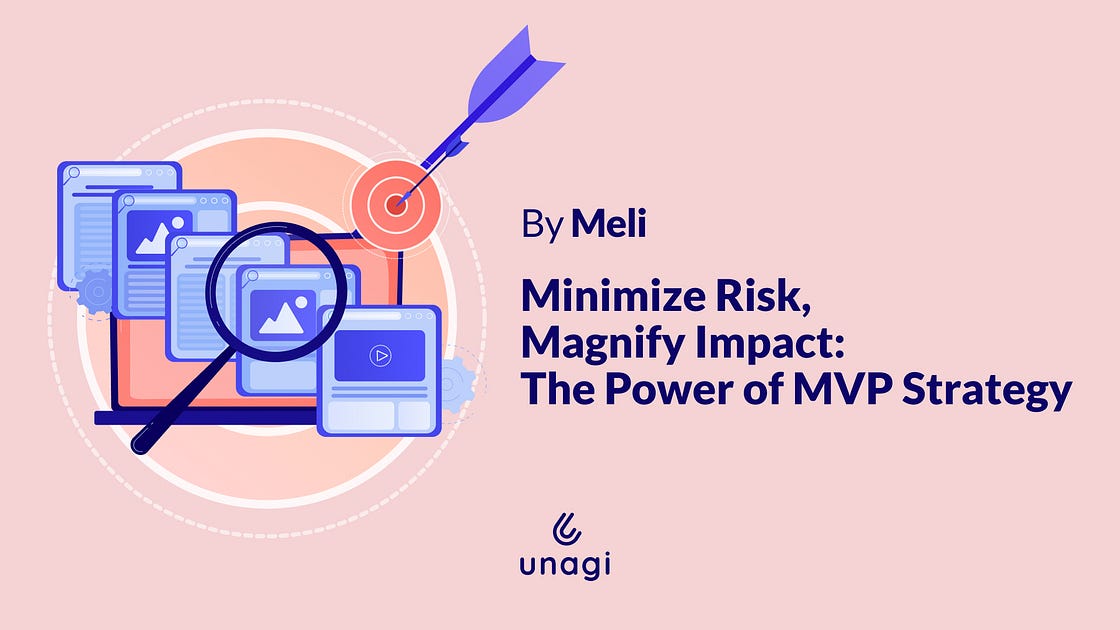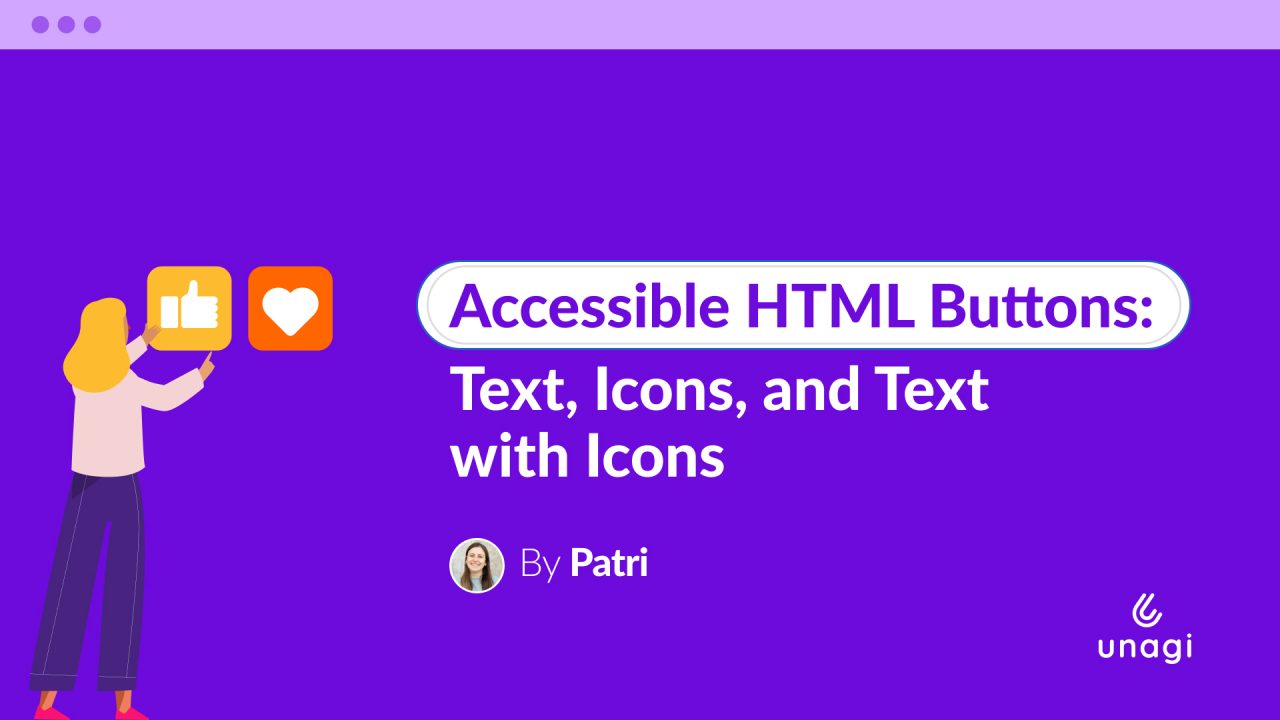
Starting a business with limited resources is hard, we know that. But thanks to our experience with our clients we have found that sometimes it is best to start with a key question:
What is the minimum I can do in X amount of time to test my idea?
This is the foundation of the MVP strategy, and in this article I’ll tell you more about its benefits and different uses.
What is an MVP and why is it worth it?
MVP stands for “Minimum Viable Product”:
- Minimum: Think in a limited scope. Considering that you have an infinite wish list for your final product, what is negotiable and what is not? What do your resources such as time and money allow you to build?
- Viable: It must be functional enough to validate the solution for the problem that you are trying to solve. For example, if you want to validate whether your physical store could generate more sales by being online, an alternative could be to build a very simple e-commerce. For that, your users should be able to browse products, add them to the cart and check out, but other things like comments, reviews or a chat with customer support won’t be necessary for it to be viable.
This strategy will not only help you to get your product out to the market as quickly as possible, but also minimize the potential risks and resources you invest in bringing your idea to life ✨.
With the first launch of your MVP, you’ll be able to test your product, and learn what works and what doesn’t for your target market. This way you won’t have to invest all your resources at once or make a big bet; with the learning that comes out of the MVP you can then make a better decision on how to move forward, and whether to build the whole product or not.
Is MVP a single-use strategy?
I like to think about the MVP as a mindset rather than a strategy that we only use to build the first version of the product. Everytime I find a new problem to solve, after doing the discovery, and have an hypothesis about what is causing it, I ask myself and the team the same key question: what is the minimum we can do in X amount of time to test this hypothesis?
Sometimes you don’t have to launch big features to prove you’re right.
It’s better to start small, test it, and keep iterating on it until it reaches the necessary maturity that solves the problem in the best possible way (always taking into account limited resources) and delivers value to our users 🙌.

